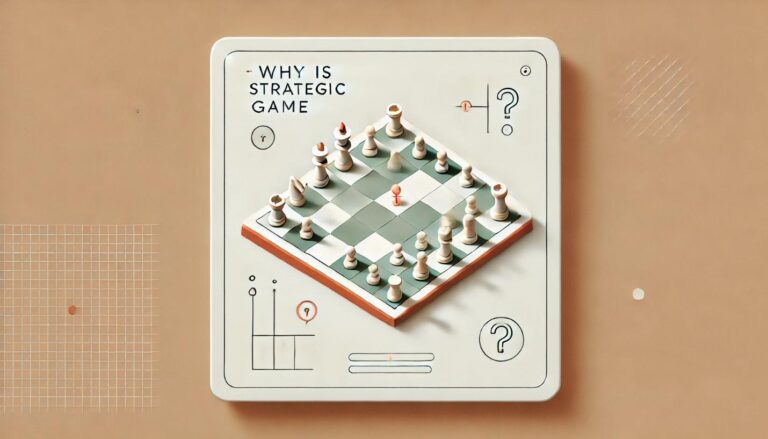Introduction
Chess, one of the oldest and most popular strategy games in the world, has been played for centuries on traditional wooden or plastic chess boards. However, with the advancement of technology, electronic chess boards have emerged to provide a more dynamic and interactive chess experience. These electronic chess boards offer a wide range of features and benefits that have greatly enhanced the game of chess. In this article, we will delve into the history, benefits, and future of electronic chess boards.
The History of Electronic Chess Boards
The idea of an electronic chess board was first proposed in the 1970s by Hungarian inventor Erno Rubik, who is best known for creating the Rubik´s Cube. Rubik envisioned a board with electronic sensors that would detect the movement of chess pieces and display it on a digital display. However, it wasn´t until the late 1980s that the first electronic chess board, called the “Kasparov Chess System”, was invented by a team in the UK. It was a bulky and expensive device that utilized a touch-sensitive board and a computer to play against the user.
The 1990s saw the emergence of consumer-friendly electronic chess boards, with companies like Saitek and Excalibur leading the way. These boards had advanced features such as LED screens and voice prompts to assist players in their moves. In the early 2000s, smaller and more affordable electronic chess boards were developed, making them more accessible to the general public. Today, there are numerous companies producing electronic chess boards with a wide range of features and price points.
The Benefits of Electronic Chess Boards
One of the main benefits of electronic chess boards is their ability to provide a more interactive and dynamic chess experience. With traditional chess boards, players have to manually record their moves and refer back to them when necessary, which can be time-consuming and error-prone. Electronic chess boards, on the other hand, automatically record moves and display them on a digital screen, allowing players to focus more on the game itself.
Electronic chess boards also offer a variety of playing modes, such as playing against the computer or connecting to online platforms to play against opponents from around the world. This not only enhances the playing experience but also provides an opportunity for players to improve their skills by playing against challenging opponents.
Additionally, electronic chess boards often come equipped with advanced features, such as built-in chess engines, game analysis, and databases, making them useful tools for studying and learning the game of chess. Some boards even have the capability to connect to a smartphone or tablet, allowing users to access even more features and options.
The Future of Electronic Chess Boards
There is no doubt that electronic chess boards have revolutionized the game of chess, bringing it into the digital age. With the continued development of technology, the possibilities for electronic chess boards are endless. We can expect to see even more advanced features, such as artificial intelligence and virtual reality, incorporated into electronic chess boards in the future.
Furthermore, the accessibility and affordability of electronic chess boards continue to improve, making them a popular choice for both casual and competitive players. It is likely that electronic chess boards will become the standard for playing chess in the coming years, replacing traditional chess boards in homes, schools, and tournaments.
Conclusion
The rise of electronic chess boards has transformed the game of chess, offering a more dynamic and interactive playing experience. With their advanced features and benefits, these boards have become a popular choice for players of all levels. As technology continues to evolve, we can expect to see even more exciting developments in the world of electronic chess boards. Whether you are a beginner or a seasoned chess player, an electronic chess board is a worthy investment that can greatly enhance your chess-playing experience.


